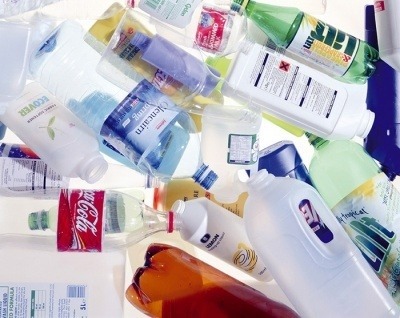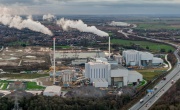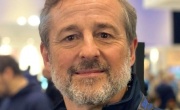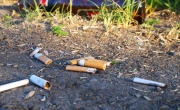New plastic separation technology a ‘breakthrough’ for recycling process
Researchers at Aarhus University have developed a new camera technology that can differentiate between 12 different types of plastics.
 Published in the scientific journal Vibrational Spectroscopy, the study used unsupervised machine learning on short wave infrared hyperspectral data to build a model for the classification of plastics.
Published in the scientific journal Vibrational Spectroscopy, the study used unsupervised machine learning on short wave infrared hyperspectral data to build a model for the classification of plastics.
The model could successfully distinguish between 12 different plastics – PE, PP, PET, PS, PVC, PVDF, POM, PEEK, ABS, PMMA, PC, and PA12 – several of these commonly found in households. The technology was also able to identify three further unknown samples, the researchers stating that this further proves its utility.
Typically, the plastics recycling process involves downsizing the material, which is then processed via density tests (separation through floating/sinking in water), or mechanical sorting, which traditionally uses near-infrared technology (NIR) to distinguish between plastic types. The resulting plastic purity varies between 75-95 per cent, but industry requires plastic purities of at least 96 per cent.
The new technology, led by Associate Professor Mogens Hinge, is able to identify a greater range of plastic types than NIR technology, additionally classifying the chemical purity in the composition, a promising breakthrough for the plastics recycling industry.
Speaking to Resource, Hinge broke down the technology’s process: “Fundamentally, it is a camera that images a conveyer belt. The plastics are then transported past the camera. When the camera has taken the images, we employ unsupervised machine learning to analyse the images and detect and distinguish between the individual plastic types.
“The camera is special, as it records images within the infrared area and with multiple channels. For reference, a mobile phone has three channels – red, blue, and green – making up an image. Our IR camera has 90 channels.
“I would like to note that we have intentionally only used industrial components – this includes all components and systems in our setup. This means that we have not used highly sensitive, dedicated, specialised and delicate research equipment for our work. This restriction is done to ensure the industrial relevance of our work.”
Continuing, he explains that the system is ‘directly transferable to industries’: “Aside from the camera, all you need is a stand to position it over a conveyer belt in the production line. Due to its ability to detect a range of plastic types, the technology enables the sorting of unwanted impurities or unwanted materials from the plastic waste stream.
“This will deliver recycled plastic fractions with a higher purity, which then can be applied in more demanding products. Hence, enabling more recycling (and in some cases enabling recycling at all) of plastic waste. We have a special focus on the purification of household collected plastics and ghost nets from the fishing industry.”
On the next steps for the technology, Mogens said: “We will install the cameras in two plastic recycling companies, Plastix and Dansk Affaldsminimering, where we will then need to properly adjust and adapt the source code and machine learning training algorithms, in order to ensure maximum performance in the new environment.”
The research was developed as part of the Re-Plast project, funded by the Innovation Fund Denmark with DKK 22.7 million.
To read the full paper, visit the Science Direct website.




